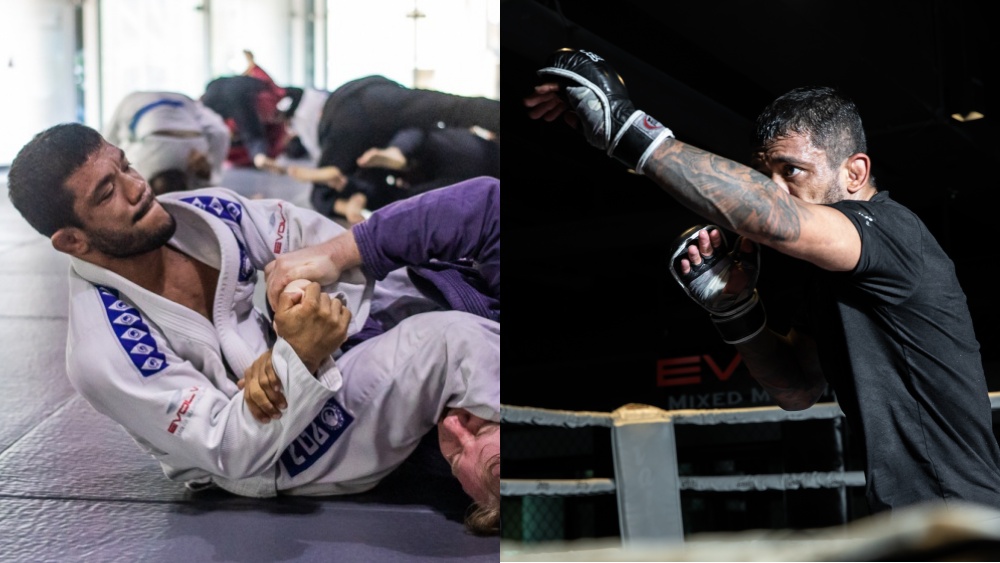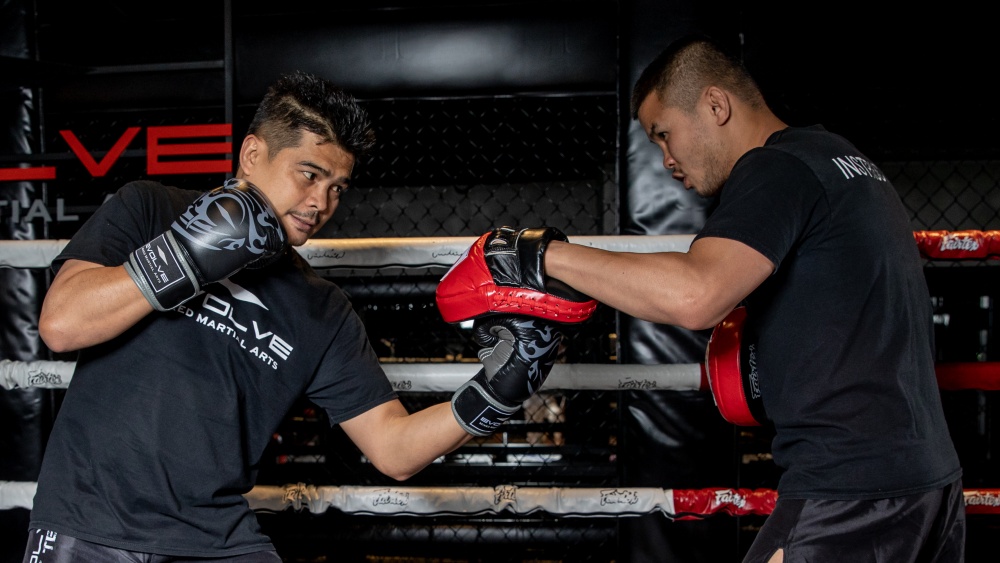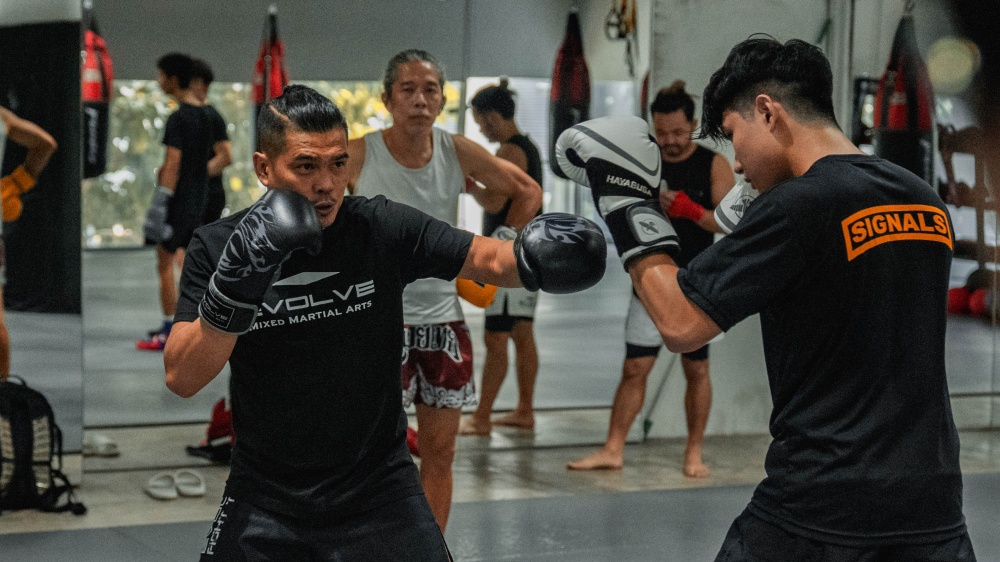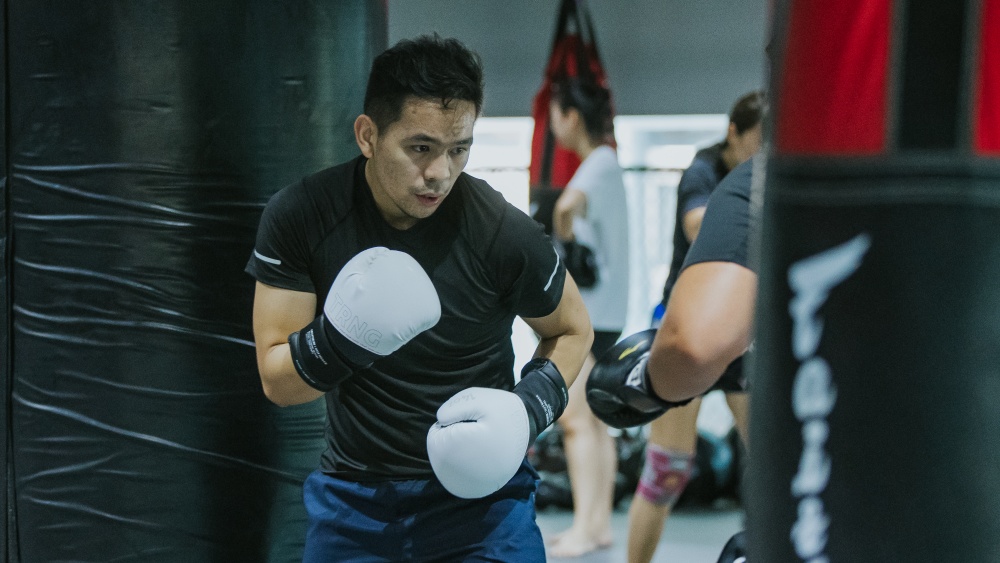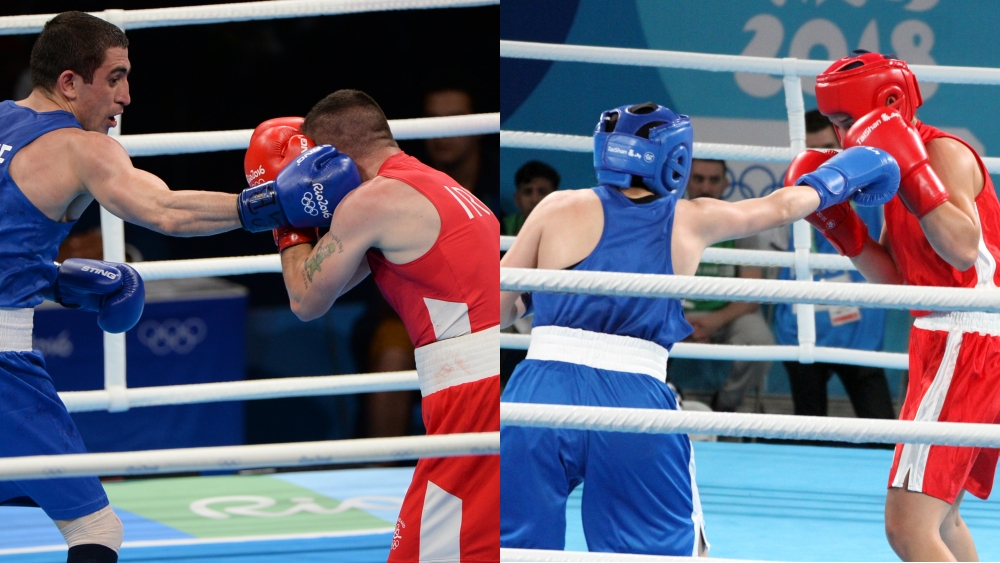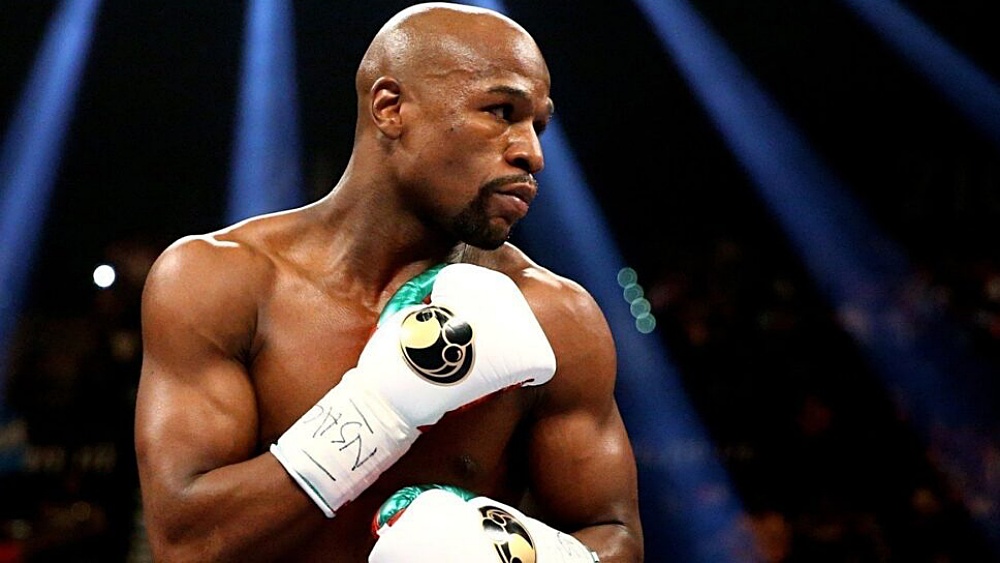Many people who start martial arts classes stick to one style, but that isn’t necessarily the best approach to training. Sure, you don’t want to train in so many different martial arts that you don’t excel at any one style, but there are benefits to training in more than one martial art.
The martial art that comes most naturally to you and inspires you to train should be your main priority in training, but taking time to learn another combat style that complements it can take your game to the next level.
For example, a Brazilian Jiu-Jitsu fighter who cross-trains in wrestling will have an advantage over people who only focus on BJJ at tournaments. The additional wrestling training will improve the effectiveness of their takedowns and top control.
Reasons You Should Learn More Than One Martial Art
You don’t have to have dreams of becoming a mixed martial arts fighter to train in multiple martial arts. Some of the main benefits of cross-training different styles include:
1) Makes Your Base Martial Art More Effective
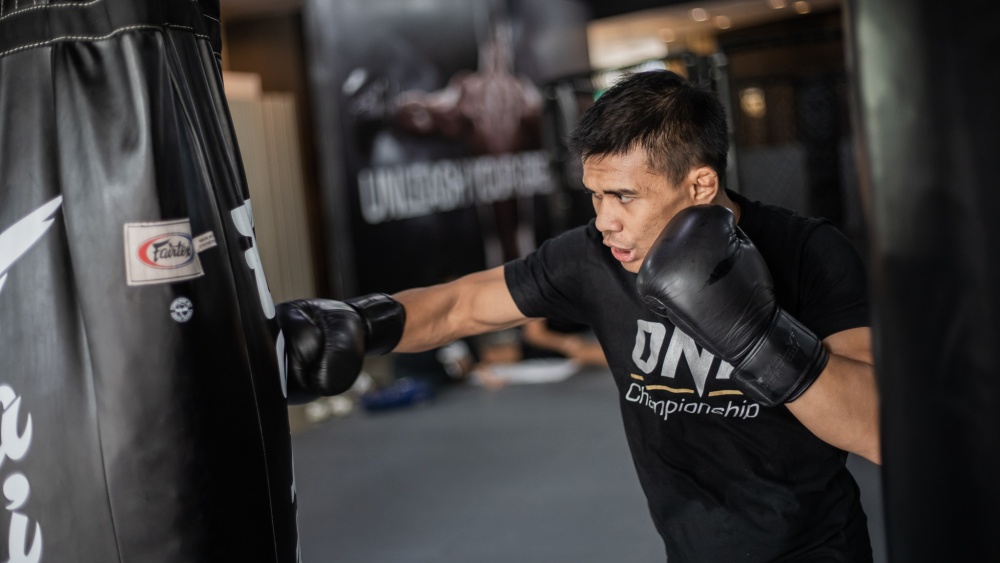
As we mentioned earlier, finding the right martial art to add to your base makes you a more effective martial artist. However, you only get to enjoy that benefit if you find a martial art that complements your main style.
For example, a Brazilian Jiu-Jitsu fighter who complements their training with boxing classes won’t necessarily get any benefit that translates to the mat. That doesn’t mean boxing is a bad complement for BJJ. It just means it might not make much of a difference if your goal is to compete in BJJ tournaments. If the BJJ fighter’s goal is to be more effective at self-defense, boxing becomes an excellent supplement to their training.
Figure out your goals as a martial artist, and you’ll have no problem figuring out which other martial arts complement your training. Examples of ideal supplements for some of the more popular martial arts include:
Brazilian Jiu-Jitsu
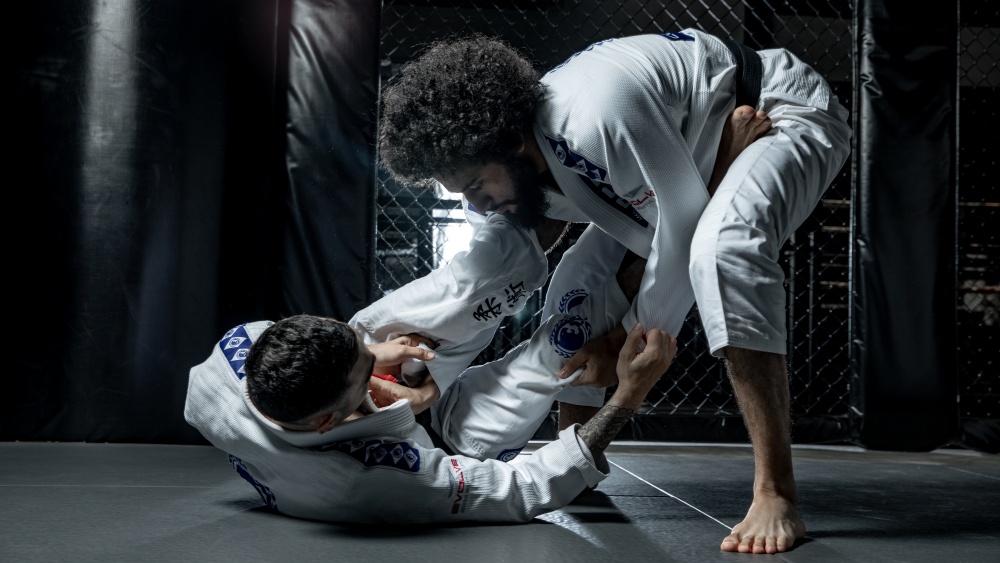
Brazilian Jiu-Jitsu players who plan to make a name for themselves in BJJ circuits should consider adding wrestling to their training program. Wrestling helps to build up grappling endurance since wrestling schools are typically more competitive than BJJ schools. The style focuses on takedowns and ground control which are helpful tools in BJJ environments.
Judo is another excellent complement for BJJ. The throws learned during class will be just as effective in a BJJ setting.
Wrestling
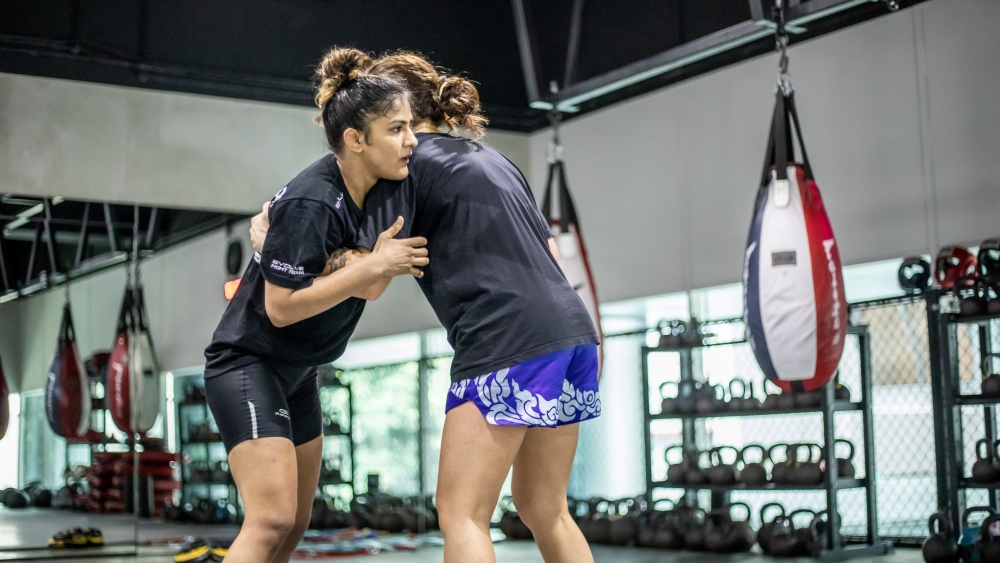
While wrestling is an excellent supplement for BJJ, the reverse isn’t true. Wrestling focuses on takedowns and pins, so the submissions you learn in BJJ class won’t be much use to you on a wrestling mat. Judo is a better supplement for wrestling since the throws you learn in Judo can be used in wrestling competitions. Your Judo training will give you unorthodox techniques that your opponents on the mat might not be ready for.
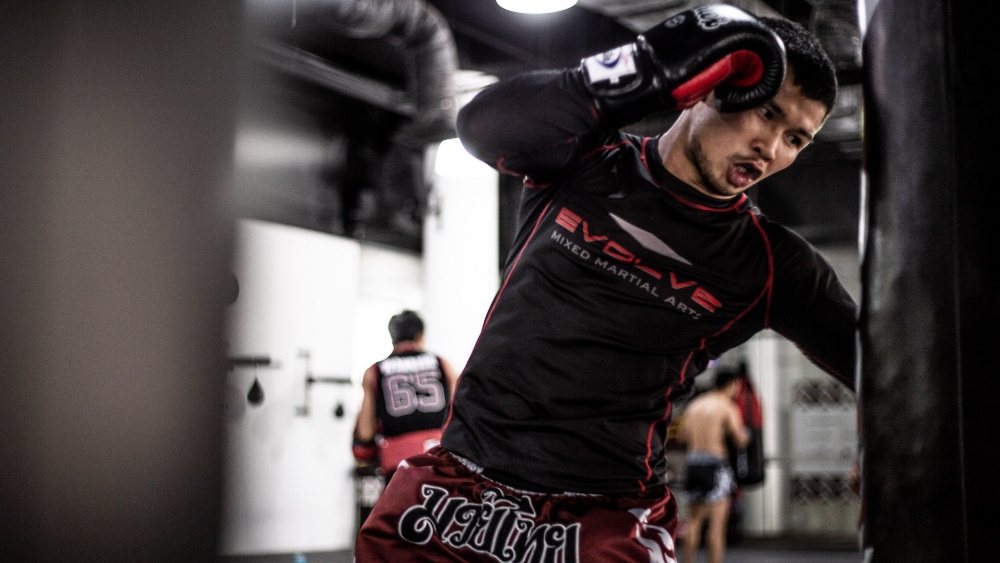
Muay Thai fighters can improve their skills by adding boxing classes to their training regimen. Boxing schools tend to focus more on the science of fighting than their Muay Thai counterparts. Things like head movement, footwork, and creating angles for offensive and defensive purposes translate into the Muay Thai ring. Punches are allowed in Muay Thai, so the more refined punching techniques learned in boxing class also carry over.
Judo
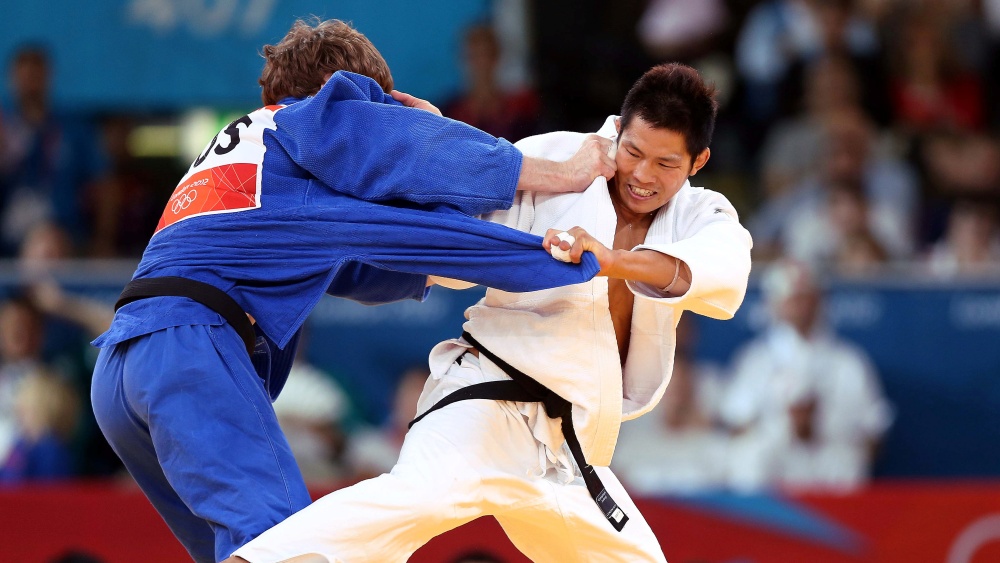
BJJ is an excellent supplement to training in Judo. Judo competitions only allow fighters to roll on the ground for a limited time since the focus is on throwing your opponent. As a result, Judo players are not as well versed as BJJ players regarding submissions. A Judo player adding BJJ gives them an advantage over other Judo players who haven’t spent as much time practicing submissions.
2) Strengthens Muscles You Might Be Neglecting
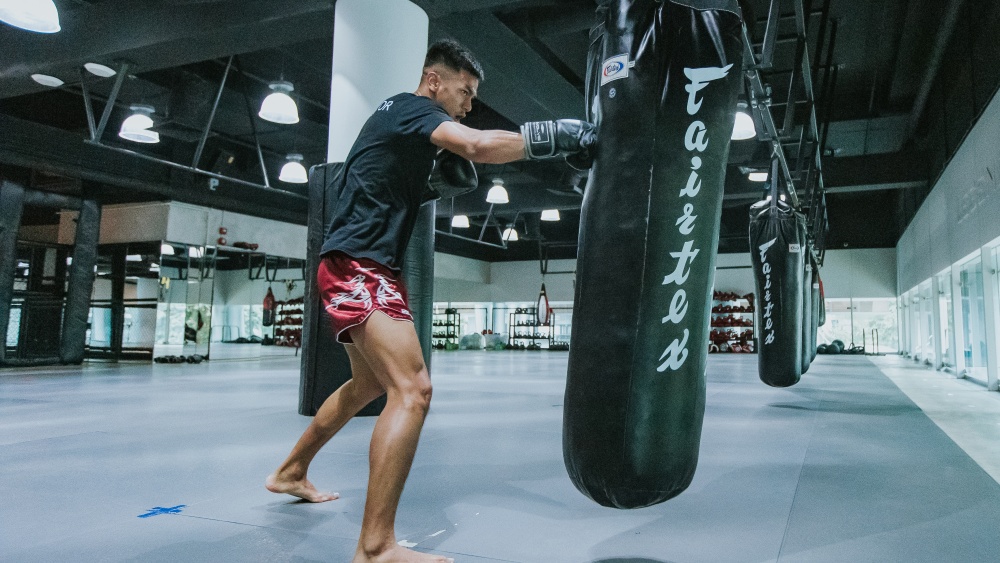 Even if two martial arts focus on similar techniques, there’s a good chance they use different muscle groups. For example, BJJ uses more grip strength than wrestling since you’re trying to control an opponent who is typically wearing a gi. As a result, cross-training in different styles helps to prevent muscular imbalances.
Even if two martial arts focus on similar techniques, there’s a good chance they use different muscle groups. For example, BJJ uses more grip strength than wrestling since you’re trying to control an opponent who is typically wearing a gi. As a result, cross-training in different styles helps to prevent muscular imbalances.
Every combat style works some muscles more than others, which is why grapplers get tired quicker when striking, and the reverse can be said about strikers. The grappler’s muscles are used to the constant pulling and pushing involved in grappling, but they might not be used to throwing punches for extended periods. Likewise, the boxer might be able to throw punches for 25 minutes, but their muscles get fatigued if they’re forced to grapple for a minute.
3) You Get To Explore Different Training Styles And Methods
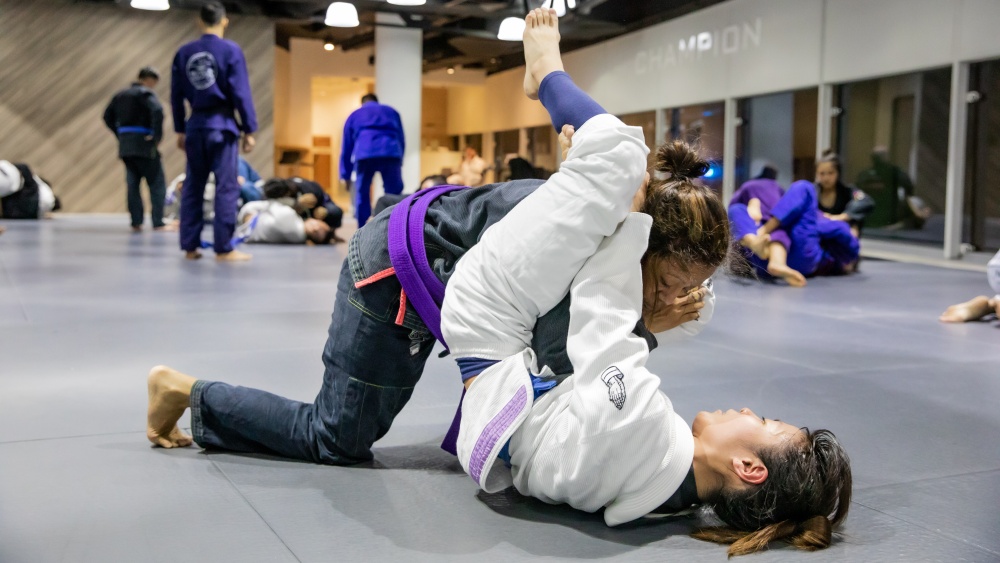
Cross-training allows you to explore different styles and see which works best for you. Perhaps you’re not a fan of the hard sparring in boxing class, or maybe you find BJJ training too slow. You might find one that better suits your personality and goals by exploring different styles.
Each martial art has its own unique culture and community. Training gives you a chance to meet new people and make friends who share your passion for martial arts.
4) It Makes You A More Well-Rounded Fighter
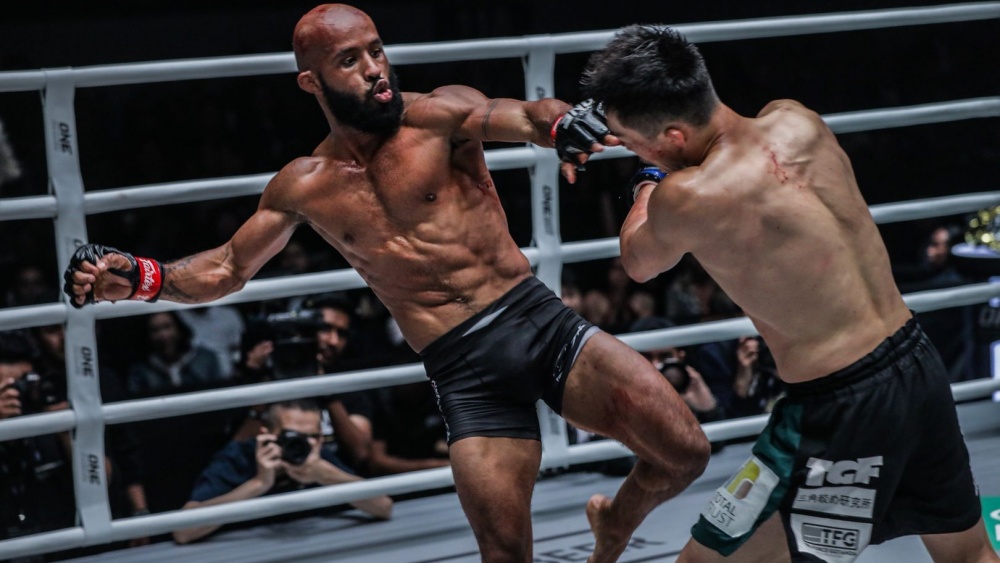
The best fighters are well-rounded and can effectively strike, grapple, and wrestle. While having a base in one discipline is important, it’s also vital to have at least a working knowledge of the others. This is why the best MMA fighters are often the ones who have experience in multiple disciplines.
Even if your goal isn’t to become an MMA fighter, cross-training will make you a more well-rounded martial artist. You never know when you might find yourself in a self-defense situation where you must use techniques from another discipline. If you’re only trained in one style, you might not be prepared for what comes your way.
5) It Can Help You Break Out Of Training Ruts
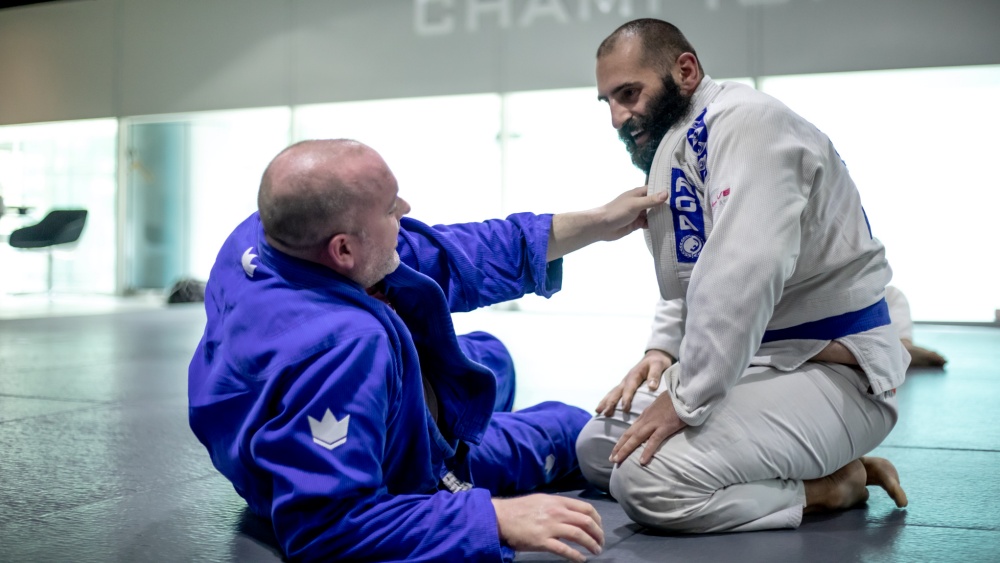
It’s easy to get stuck in a training rut where you feel like you’re not making progress. This is especially true if you’ve been training for a long time and have hit a plateau. Cross-training can help break you out of these ruts by giving you new techniques to work on and new goals to strive for.
Even if you’re not in a rut, cross-training can still help keep things fresh and exciting. If you’re someone who gets bored easily, cross-training can give you the change of pace you need to stay motivated.
You may also like:
Mobility Training For Martial Artists: Why You Should Not Neglect It
